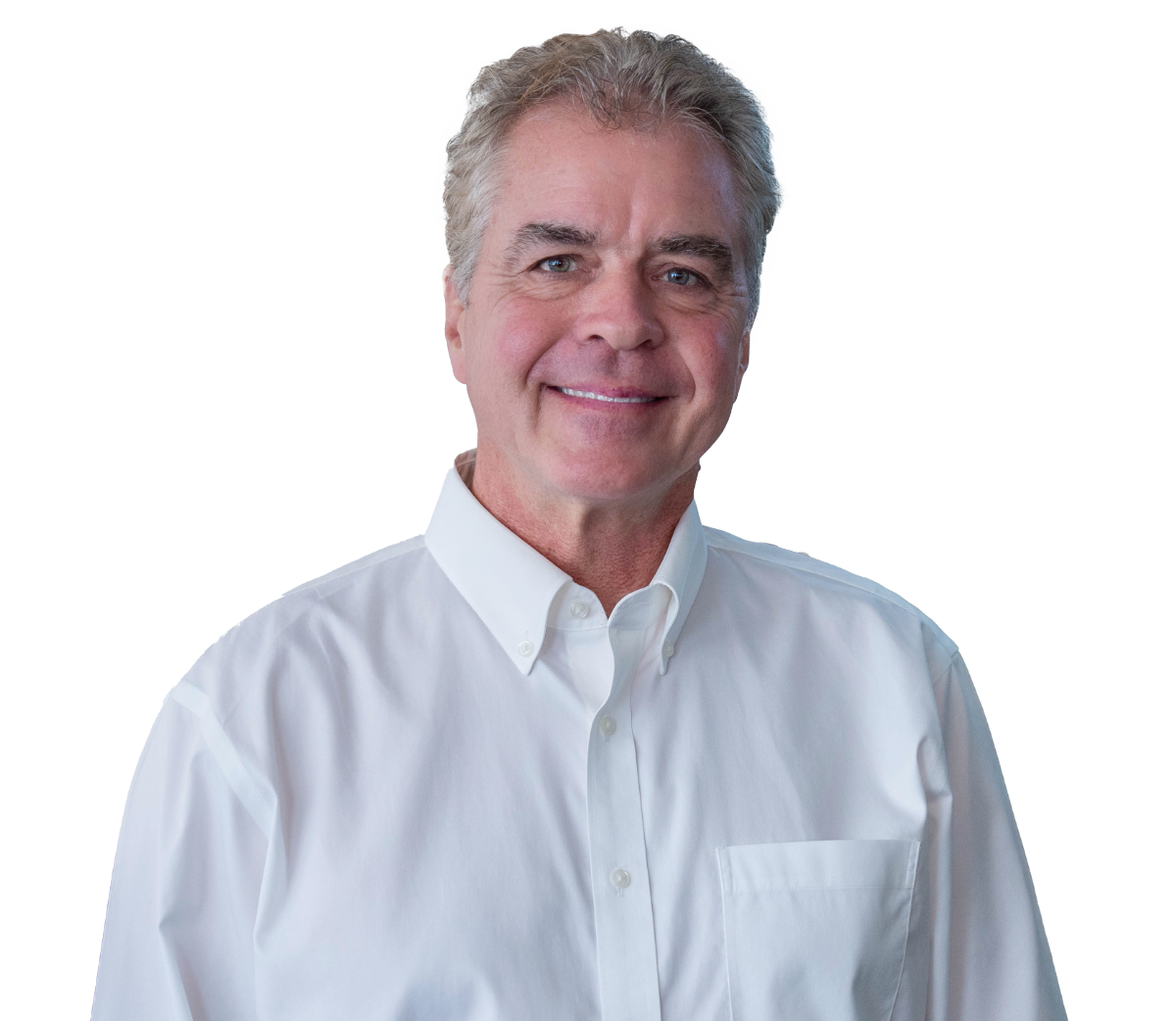DHAHRAN: The Ithra Theater in Dhahran was transformed into a festive space to celebrate volunteers on Dec. 14.
Most audience members were young local volunteers, with their distinct light blue vests. In bright red vests were younger “little volunteers.”
The event began with a loudspeaker announcement encouraging audience members to shoot photos and videos to share online. “Our dear volunteers, this is your day,” it said.

Most audience members were young local volunteers, with their distinct light blue vests. In bright red vests were younger ‘little volunteers, The event began with an announcement encouraging audience to shoot photos.’ (Supplied)
The forum aimed to “explore various types of volunteering programs and initiatives aimed at motivating volunteers to actively participate,” a statement said, adding that the slogan was “strive to give.”
Although International Volunteer Day is celebrated around the world on Dec. 5, Ithra aimed to highlight the contributions of the volunteers beyond that one day.
Hosted by Mohammed Al-Mousa, the volunteerism forum involved talks by Ibrahim Al-Dossary, senior programs specialist, and Abdullah Al-Allawi, an educational content creator. An insightful panel consisting of Bader Batyoor, head of volunteer services, along with Mohammed Al-Moghamis, senior manager of youth impact majlis at the Misk Foundation, and the managing partner at tourism company Nomu Hub, Yahya Al-Lawati, was moderated by Al-Mousa.
HIGHLIGHTS
• The event began with a announcement encouraging audience members to shoot photos and videos to share online.
• Although International Volunteer Day is celebrated around the world on Dec. 5, Ithra aimed to highlight the contributions of the volunteers beyond that one day.
• A QR code was distributed to audience members, allowing them to vote for their favorite group. At the end, three groups were selected s winners.
Al-Mousa spoke about his connection to Ithra, an Aramco initiative. He said that in 2015, before the completion of the Ithra building, he wondered about the future and was curious about the people who would eventually occupy the site — what conversations and activities would be held within it?
“The secret is you, the volunteer,” he told the crowd, adding that volunteering helps support and guide visitors through Ithra. Although volunteers do not receive money, they are taught skills and get to interact with people from around the world, Al-Mousa said.

Most audience members were young local volunteers, with their distinct light blue vests. In bright red vests were younger ‘little volunteers, The event began with an announcement encouraging audience to shoot photos.’ (Supplied)
Yousif Al-Mulla, an audio engineer and medical student, moderated mini discussions with young volunteers on stage. The forum had earlier split a select number of volunteers into six groups, with each taking a week to come together to solve a local problem, including environmental and social issues.
Two representatives from each group spoke to Al-Mulla about their projects.
A QR code was distributed to audience members, allowing them to vote for their favorite group. At the end, three groups were selected as winners.





































